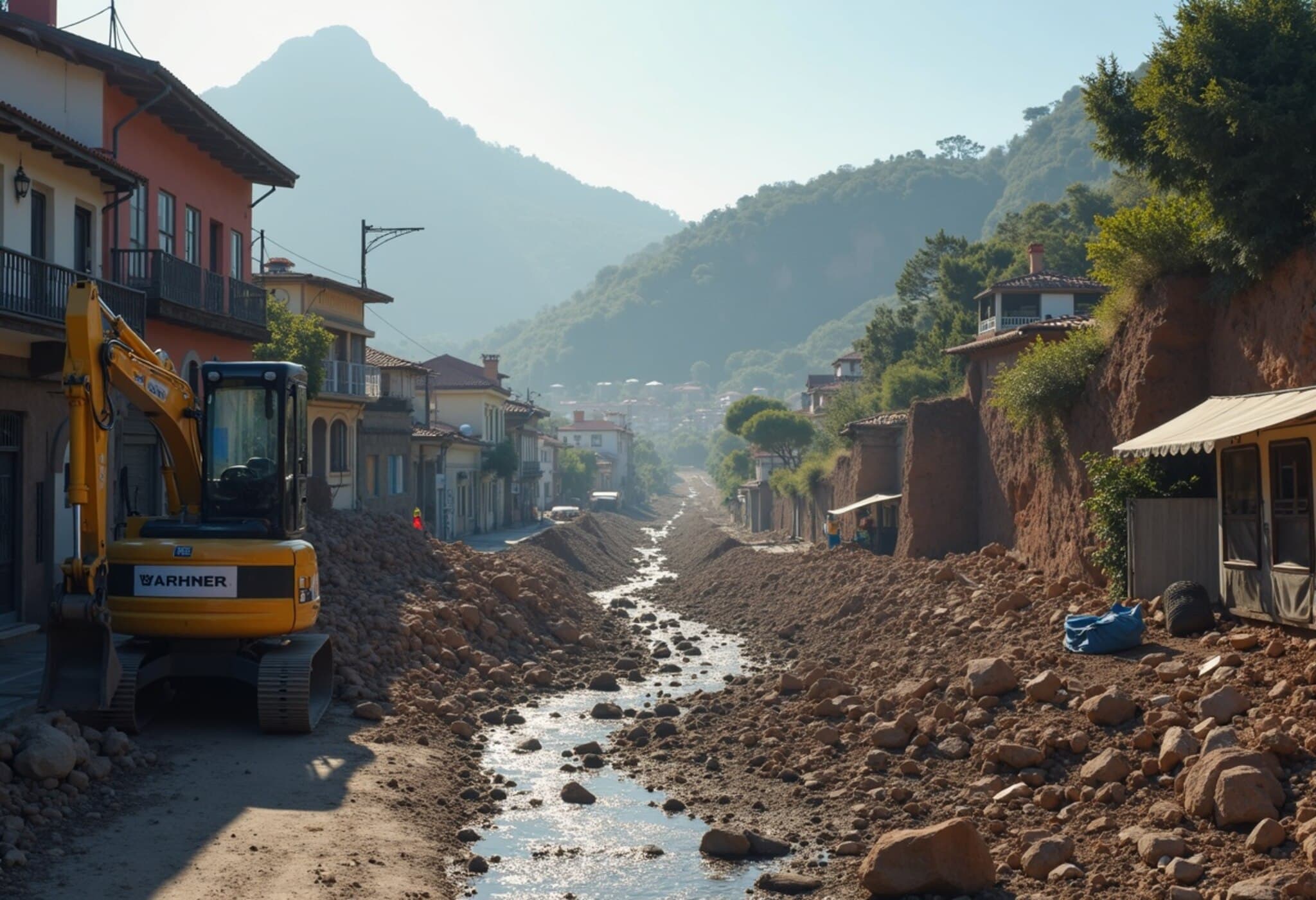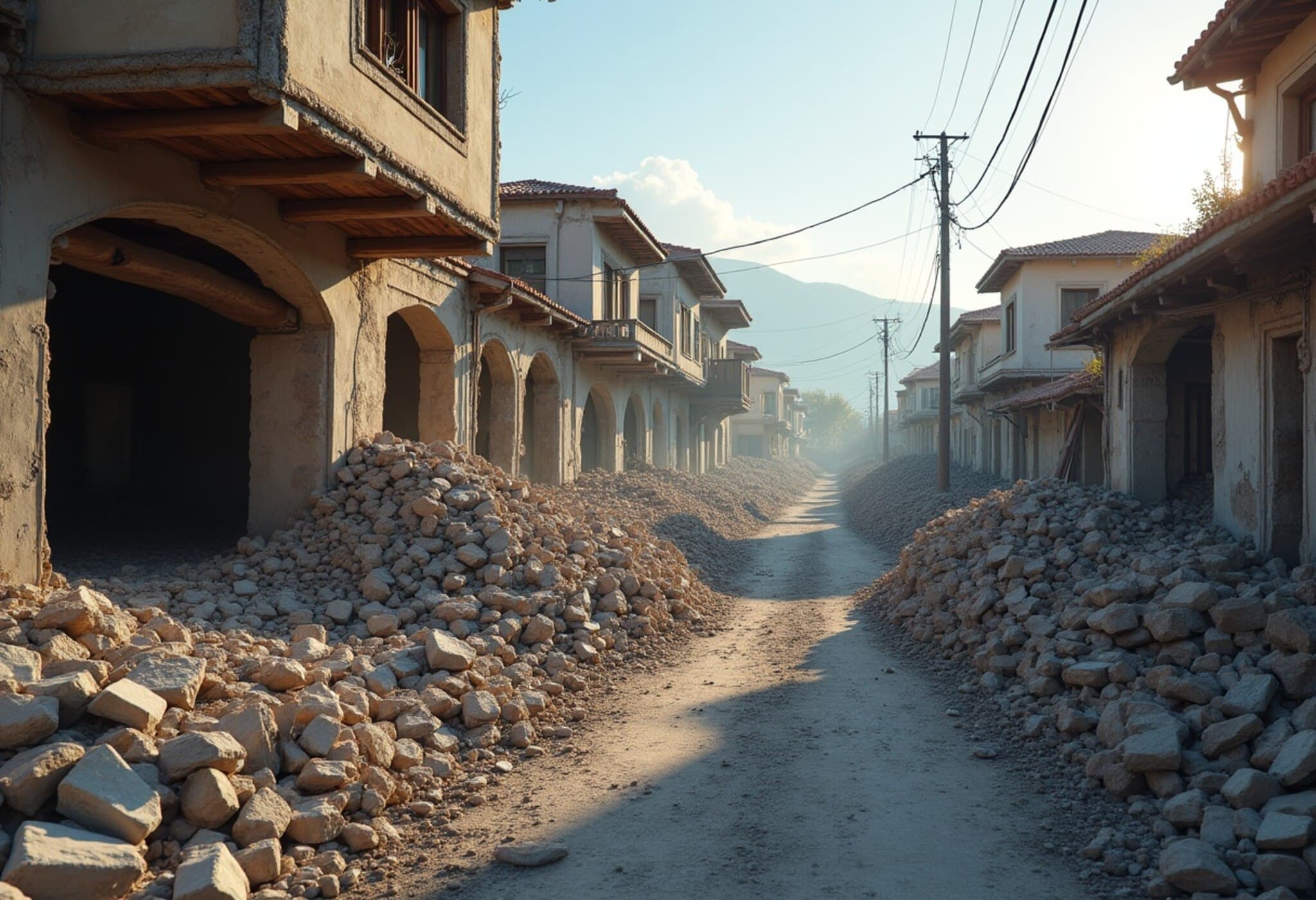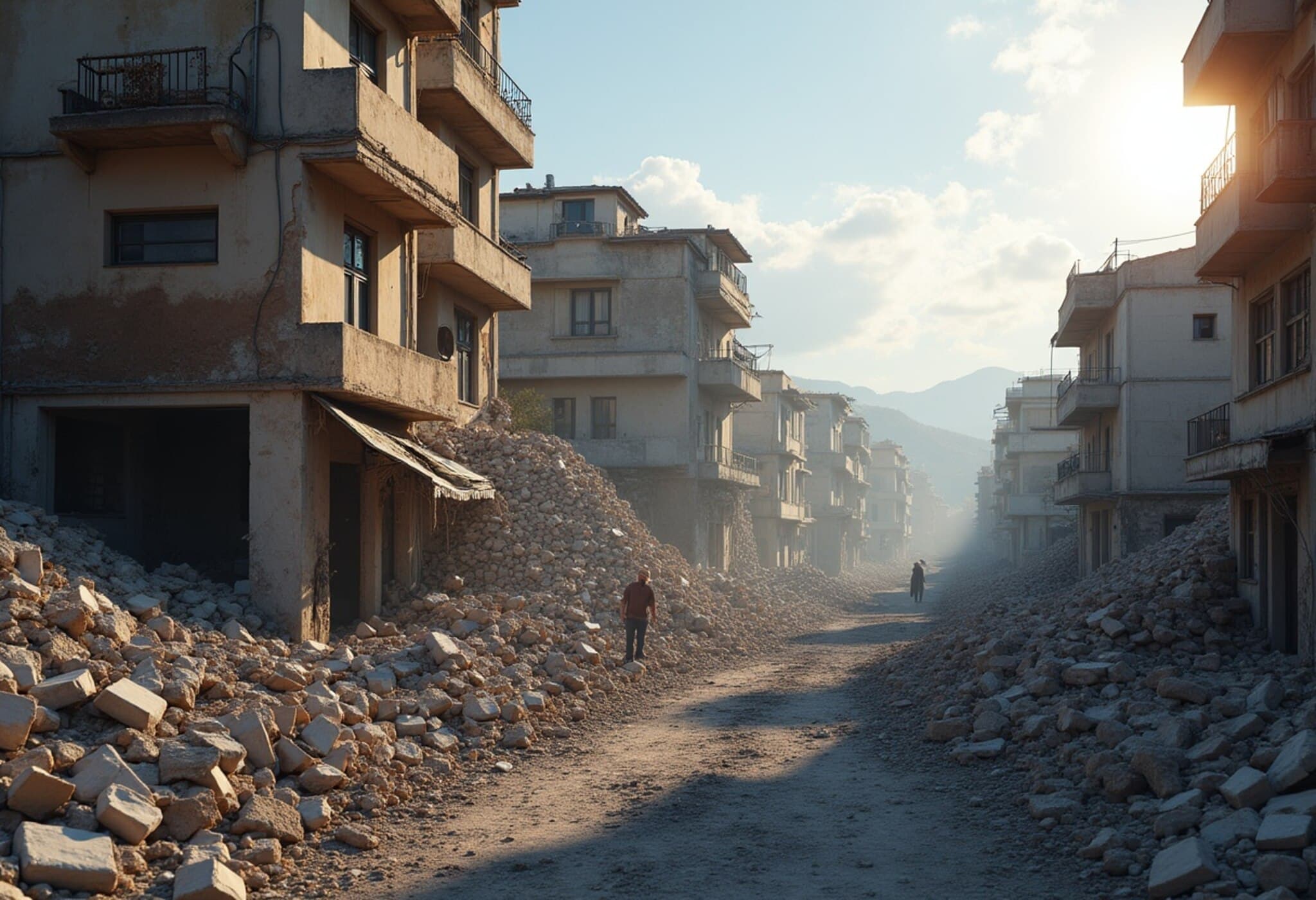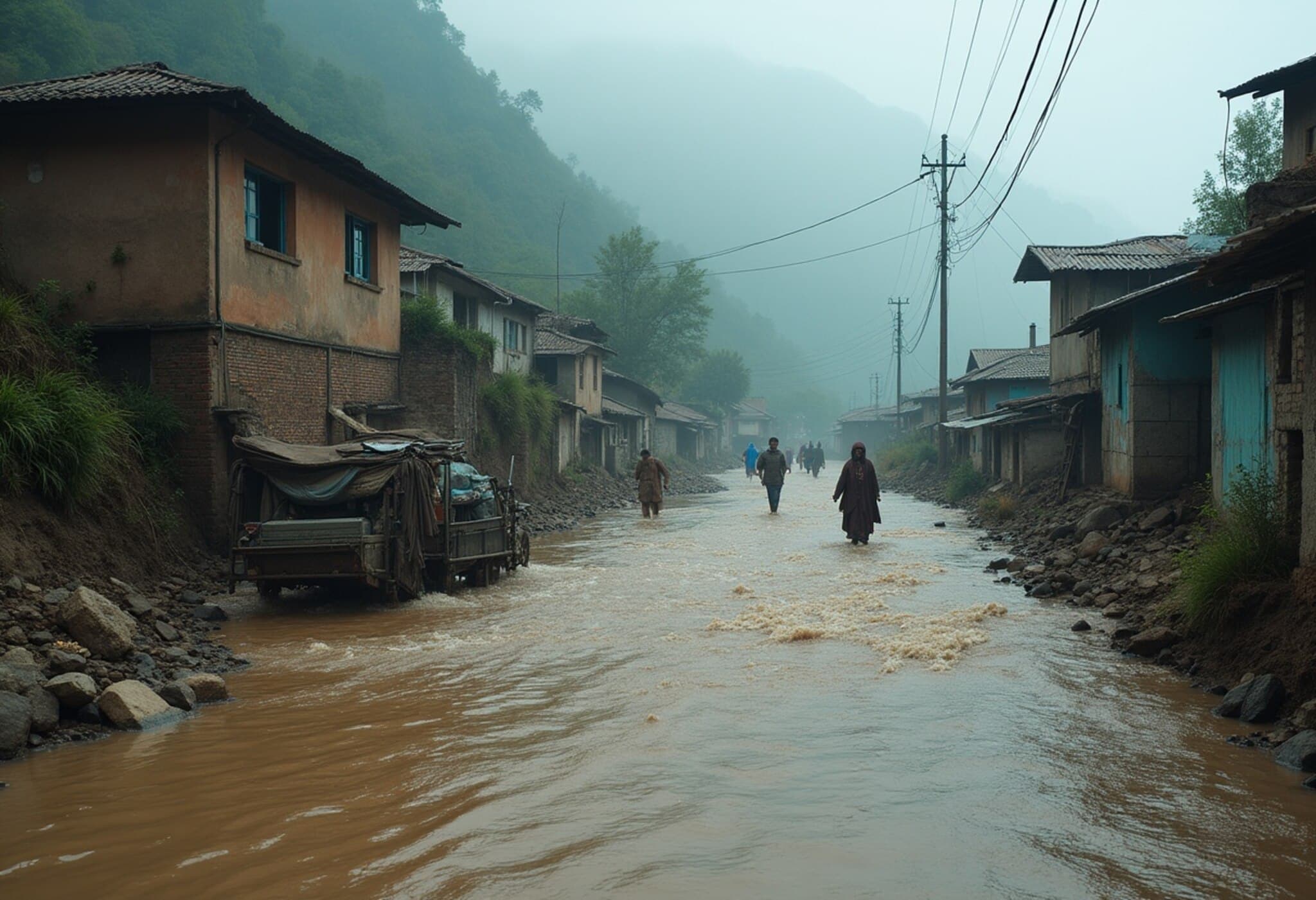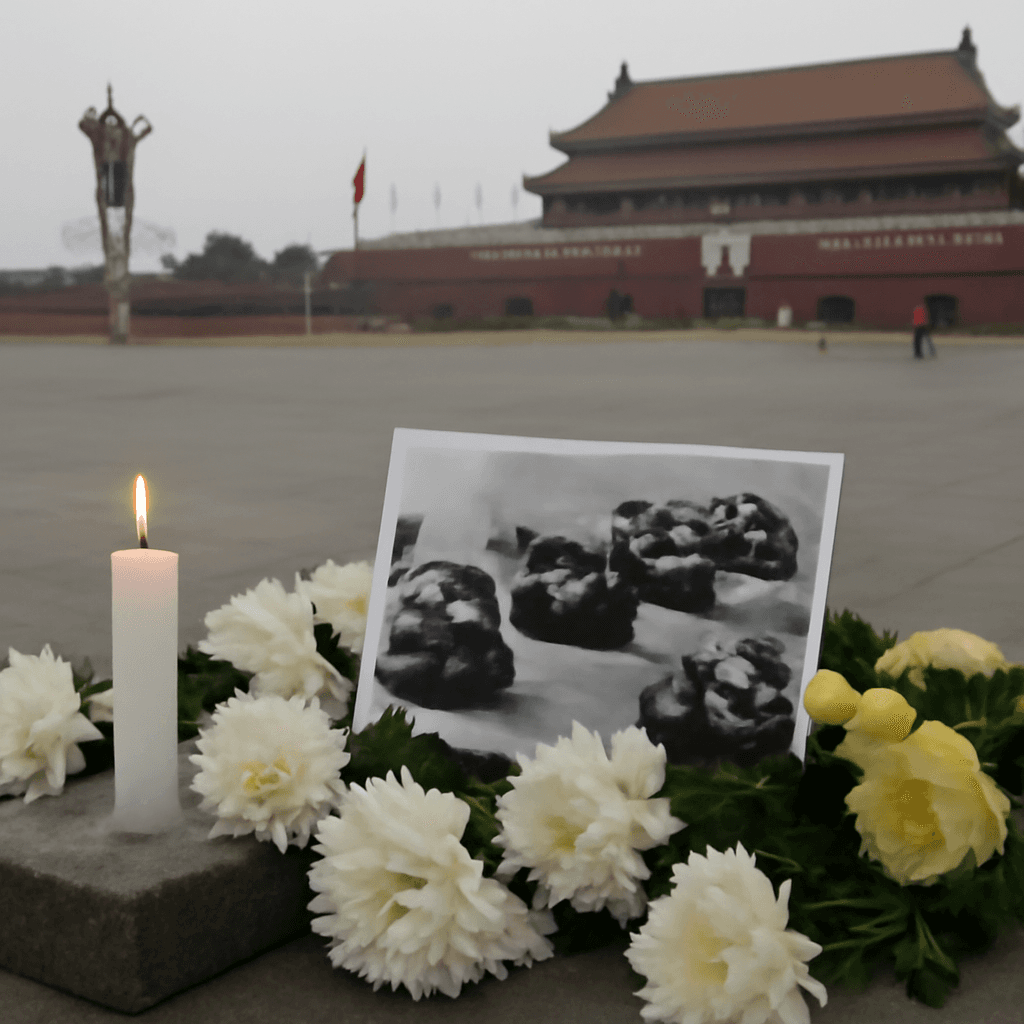Vietnam and China Mobilize Ahead of Typhoon Kajiki
As Typhoon Kajiki gains strength and approaches Southeast Asia’s coastal regions, both Vietnam and southern China are taking sweeping precautionary measures. Authorities have initiated large-scale evacuations, suspended transport services, and closed businesses to mitigate the storm’s expected impact. With Kajiki’s intensification projected to bring powerful winds and torrential rainfall, communities brace for what experts warn could be a significant weather event, reminiscent of past destructive typhoons.
Vietnam Orders Evacuation of Over 500,000 Residents
In a decisive response, Vietnam’s government has mandated the evacuation of more than 586,000 people from vulnerable coastal provinces, including Thanh Hoa, Quang Tri, Hue, and Danang. The storm forecast predicts Kajiki will make landfall early Monday, with wind speeds forecasted to reach up to 180 kph (about 112 mph) according to meteorological reports from both Vietnam and neighboring China.
Vietnam’s authorities have also suspended all boat operations along seven coastal provinces, a critical step in minimizing maritime risk. Military forces are on standby to assist with evacuation and emergency response, underscoring the seriousness with which the government approaches the impending threat.
China’s Sanya Takes Precautionary Measures Amid Rising Alerts
Across the border in China, the resort city of Sanya on Hainan Island, famed for its turquoise waters and tourism economy, has implemented a red typhoon alert—the highest tier in China’s warning system. The city’s government has escalated its emergency preparedness, shutting down businesses, suspending public transit, and halting all marine vessel activity.
Local officials met to discuss potential “worst-case scenarios”, reflecting concerns not only over immediate storm damage but also longer-term disruptions to economic and social life. Hainan and neighboring provinces such as Guangdong and Guangxi are expected to see rainfall totals as high as 320 mm (12.6 inches) during the typhoon’s passage, raising the risk of flooding and landslides.
Contextual Insights: Climate Trends and Economic Stakes
This typhoon’s arrival follows an already challenging season for the region. Since July, China has experienced record-setting rainfall linked to shifting climate patterns, highlighting the growing vulnerability of populous coastal areas to extreme weather. Natural disasters in recent months have caused over 52 billion yuan ($7.28 billion) in direct economic damage and displaced millions.
Vietnam’s own disaster history weighs heavily on the government’s strategy: Kajiki’s projected impact parallels that of Typhoon Yagi, which devastated the same regions last year, claiming around 300 lives and causing damages exceeding $3.3 billion. Such comparisons emphasize the continuing humanitarian and economic challenge typhoons pose for developing nations balancing growth with disaster resilience.
Transport Disruptions and Public Safety Measures
- Vietnam Airlines has canceled at least 22 flights connecting central cities for Sunday and Monday.
- Vietjet Aviation is also canceling or delaying flights, though details remain sparse.
- Populations in forecasted danger zones are urged to stay indoors after 1400 GMT Sunday.
- All schools and construction work have been suspended in affected areas.
Looking Ahead: Preparing for Uncertainty
While the storm’s path and final severity are still subject to change, authorities in both countries are emphasizing preparedness and caution. The human and economic toll of typhoons in this region underscores the urgent need for improved forecasting, infrastructure resilience, and coordinated emergency management strategies.
Given the intensifying patterns of extreme weather linked to global climate change, Kajiki serves as a stark reminder of the mounting risks coastal populations face. Governments, communities, and international partners must work in concert to reduce vulnerabilities and enhance disaster response capacities.
Editor’s Note
Typhoon Kajiki’s approach is not just a meteorological event but a call to action on several fronts: climate adaptation, disaster management, and economic sustainability. Observers should watch how Vietnam and China implement their emergency plans, and consider the broader implications for a world increasingly challenged by climate crises. How can regional cooperation be strengthened? Are current infrastructure and early warning systems sufficient? These critical questions remain as we witness nature’s relentless test of human resilience.


